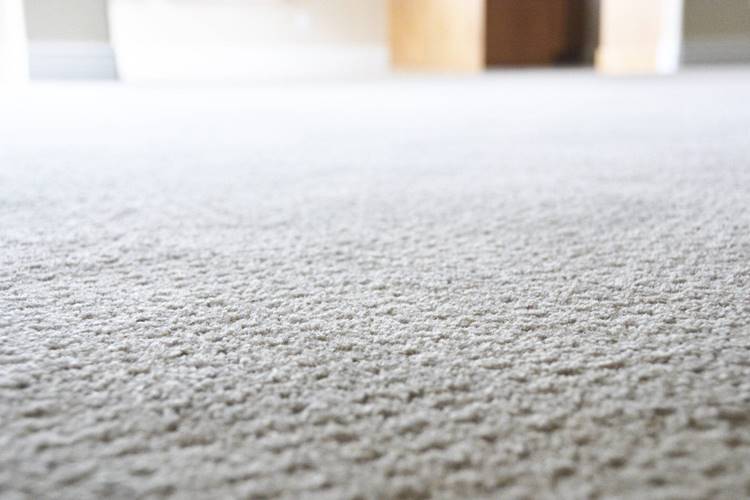Whether you’re a homeowner or run a business, understanding the common mold-prone spots on carpet can be crucial for maintaining a healthy environment. Mold growth can lead to unpleasant odors, unsightly stains, and even health issues. By identifying these spots and taking preventive measures, you can keep your carpets clean and mold-free.

Why Mold Forms on Carpets
Mold thrives in damp, dark, and humid environments. Carpets, especially in areas prone to moisture, can become breeding grounds for mold. Understanding the reasons behind mold formation can help you take proactive steps.
Moisture and Humidity
One of the primary reasons for mold growth is excessive moisture. Areas with high humidity levels, such as basements and bathrooms, are particularly vulnerable. Learn more about humidity levels that can cause carpet mold.
Poor Ventilation
Lack of proper air circulation can trap moisture in the carpet fibers, creating an ideal environment for mold. Ensuring adequate ventilation can mitigate this risk.
Identifying Mold-Prone Areas on Carpets
Knowing where mold is likely to develop can help you focus your cleaning efforts. Here are some common mold-prone spots on carpet:
Under Furniture
Areas under heavy furniture often receive less cleaning and can trap moisture. Regularly moving furniture and cleaning these spots can prevent mold. For more tips, read about cleaning under furniture.
Near Windows and Doors
Moisture from rain or condensation can seep into carpets near windows and doors. Ensuring these areas are sealed properly can help reduce moisture accumulation.
Basements and Bathrooms
These areas are naturally more humid, making them susceptible to mold. Using dehumidifiers and waterproofing can help manage moisture levels.
Preventive Measures to Combat Mold
Prevention is always better than cure. Here are some effective strategies to keep mold at bay:
Regular Cleaning
Frequent vacuuming and deep cleaning can remove dirt and moisture from carpet fibers. Consider using dry carpet cleaning methods for mold prevention.
Use of Mold-Resistant Products
Investing in mold-resistant carpet padding can add an extra layer of protection against mold.
Control Humidity Levels
Keeping indoor humidity below 60% can significantly reduce the chances of mold growth. Using dehumidifiers and air conditioners can help maintain optimal humidity levels.
When to Seek Professional Help
Sometimes, despite your best efforts, mold can become a persistent problem. In such cases, seeking professional cleaning services can be beneficial. Professional cleaners have the tools and expertise to handle severe mold issues effectively.
Resources and Further Reading
For more insights on mold prevention, check out this external guide on removing mold from carpets. Additionally, explore the Mold Assassins blog for more tips.

Faq Section
How can I prevent mold under furniture?
Regularly move furniture to clean and ensure proper ventilation. This reduces moisture accumulation, preventing mold growth.
What humidity level is safe for carpets?
Maintaining indoor humidity below 60% is ideal for preventing mold on carpets. Dehumidifiers can help achieve this.
Can dry cleaning methods prevent mold?
Yes, dry cleaning methods are effective in removing moisture and preventing mold on carpets.
This article contains affiliate links. We may earn a commission at no extra cost to you.


